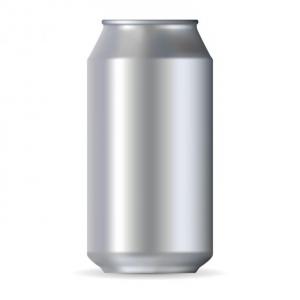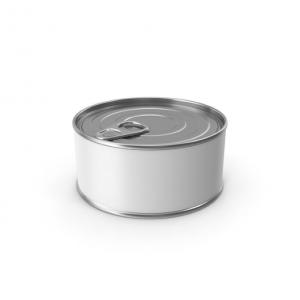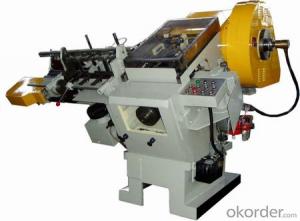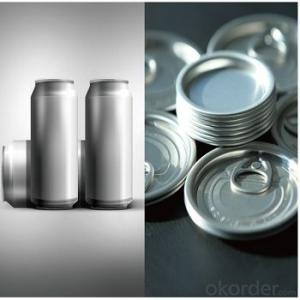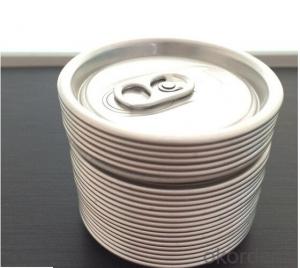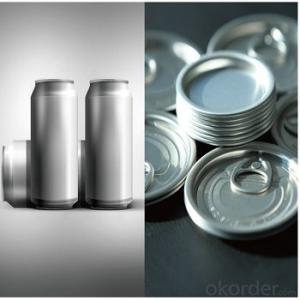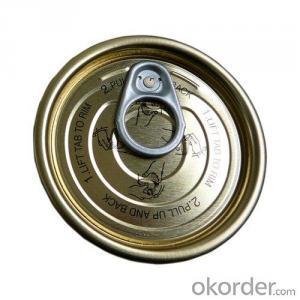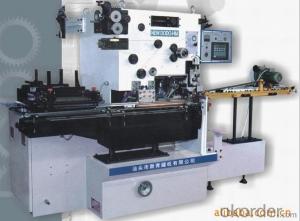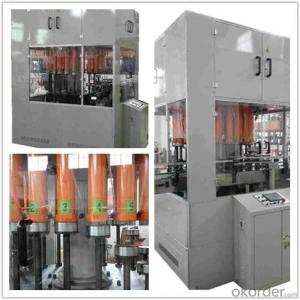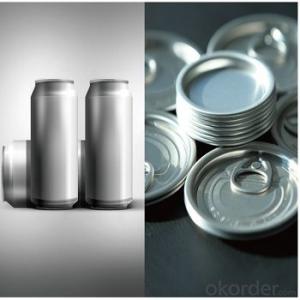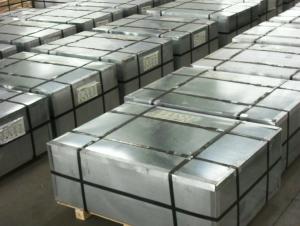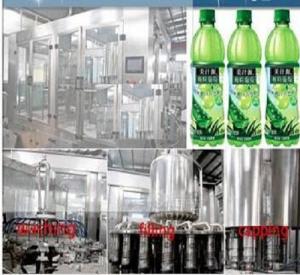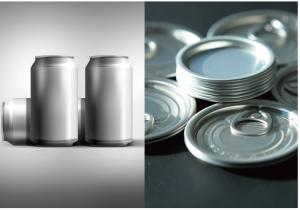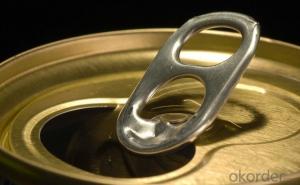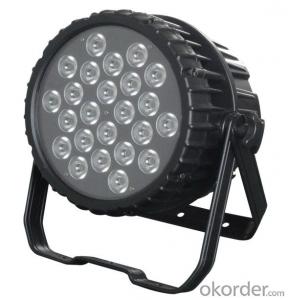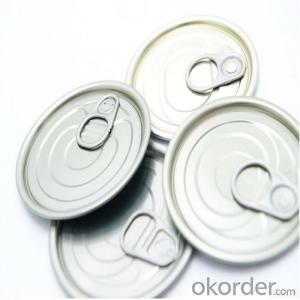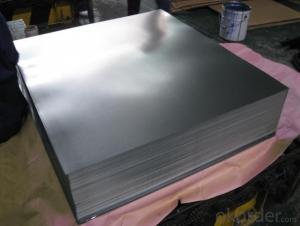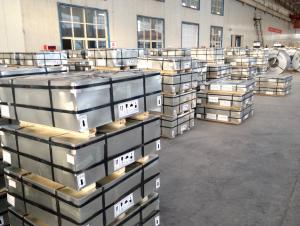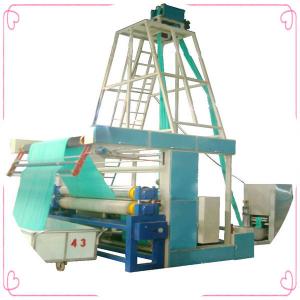Beverage Can Opener
Beverage Can Opener Related Searches
Aluminum Trim Coil Stock Aluminum Fin Stock Beverage Can OpenerHot Searches
Stock Price For Aluminum Aluminum Coil Stock For Sale Aluminum Bar Stock For Sale Aluminum Round Stock For Sale Aluminum Square Stock For Sale Aluminum Flat Stock For Sale Billet Aluminum Stock For Sale Aluminum Stock Tanks For Sale Aluminum Stock For Sale Near Me Aluminum Stock For Sale Aluminum Corp Of China Stock Price Of Aluminum Stock Aluminum 80 Lower In Stock China Aluminum Stock 6061 Aluminum Bar Stock Price Aluminum Bar Stock Price Aluminum Price Stock Market Aluminum Stock Market Price Stock Market Aluminum Price Aluminum Stock Price Per PoundBeverage Can Opener Supplier & Manufacturer from China
Okorder.com is a professional Beverage Can Opener supplier & manufacturer, offers integrated one-stop services including real-time quoting and online cargo tracking. We are funded by CNBM Group, a Fortune 500 enterprise and the largest Beverage Can Opener firm in China.Hot Products
FAQ
- The recycling processes for tinplate typically involve sorting, shredding, and melting the tinplate to separate it from any contaminants. Once separated, the molten tinplate can be used to create new tinplate products or combined with other materials for various applications.
- Tinplate is highly susceptible to corrosion when exposed to moisture. The presence of water triggers a chemical reaction, causing the tin coating to deteriorate and exposing the underlying iron to oxidation. This can result in rust formation and compromise the integrity of the tinplate. Therefore, it is crucial to protect tinplate from prolonged exposure to moisture to ensure its longevity and prevent potential damage.
- The recycling process for tinplate involves collecting and sorting tin cans and other tinplate materials from households and businesses. These materials are then transported to a recycling facility where they are shredded and melted down to remove any impurities. The molten tin is then cooled and solidified to form new sheets of tinplate, which can be used to manufacture various products. This process helps conserve resources, reduce waste, and minimize the environmental impact of tinplate production.
- Tinplate contributes to the overall durability of packaging through its inherent strength, corrosion resistance, and ability to withstand extreme temperatures. It provides a protective barrier against moisture, oxygen, and light, which helps to preserve the quality and freshness of packaged goods. Additionally, tinplate's resistance to impact and puncture ensures that the packaging remains intact during handling, transportation, and storage, thereby extending the lifespan of the product.
- How do you paint the tinplate?
- Chemical stores have sold, elegant light paint, paint and other various patterns. Don't brush, a keg of a nozzle is put it.
- Some of the main manufacturers of tinplate include ArcelorMittal, Tata Steel, Nippon Steel Corporation, and POSCO.
- Tinplate is coated on both sides through a process called electrolytic tinning. In this process, the tinplate is immersed in an electrolyte solution while an electric current is passed through it. This causes tin ions to be deposited on both sides of the tinplate, resulting in a thin layer of tin coating.


